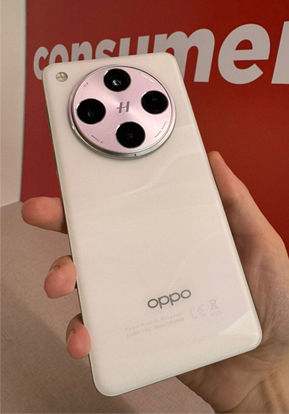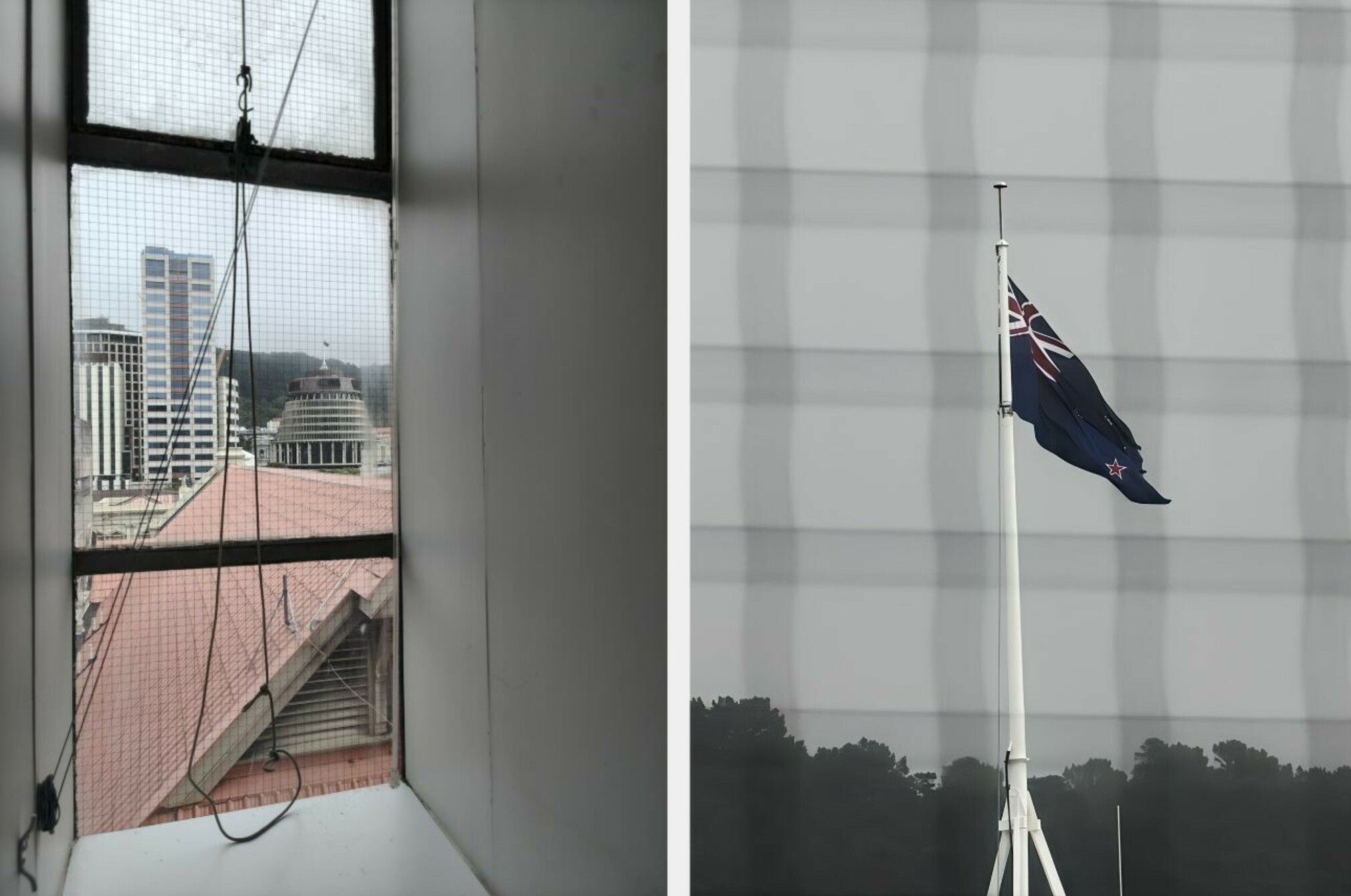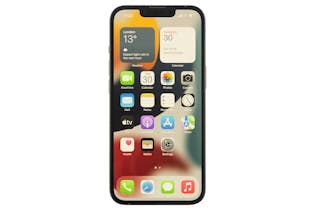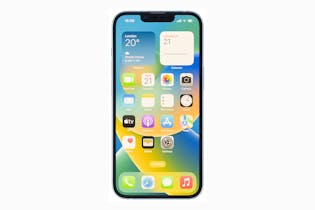Oppo Find X8 Pro review: A worthy return to the big league

Oppo is the leading challenger to phone manufacturers Samsung and Apple in New Zealand. The Find X8 Pro is Oppo’s first premium product launched in our market since the Find X5 Pro of early 2022.

Oppo skipped retailing the Find X6 and X7 generations in New Zealand to focus on solidifying its status as a creator of entry-level and mid-range phones for the masses. Now, it’s gearing up to challenge the biggest and best phones once more.
We’d be stoked if more phone manufacturers followed Oppo’s lead by slowing the tempo of their releases. We think there are too many phones being released all the time, often with no real advancement over generations and simply causing consumers to spend more than they need to. It’d be better if manufacturers held off until they’d developed a phone with significant improvements rather than release a filler model every year.
In the case of the Find X8 Pro, the value proposition is pretty clear. Its specs are comparable with those of the Galaxy S24 Ultra and the iPhone 16 Pro Max, but it offers double the storage and costs slightly less. Its RRP is $2,300, undercutting the Galaxy’s $2,450 (both are regularly discounted by about $300). The iPhone costs $2,400 and rarely goes on sale.
Let’s focus on those cameras
Design-wise, one feature of the Find X8 Pro dominates: the camera enclosure is circular, shiny and humongous. To date, I’ve never seen a phone’s camera system take up more space, and I’m sure it’s intentional. Cameras sell phones. Or, at the very least, the marketing arms of smartphone manufacturers believe cameras sell phones. Oppo wants to make this one as visible as possible.
Pushing it a step further, Oppo enlisted trendy camera manufacturer Hasselblad to provide some of the hardware and firmware and, naturally, has slapped the Hasselblad logo right in the centre of the enclosure.
I’m sure it’s in the eye of the beholder, but personally, I think it’s beautiful. It’s like a chrome-plated chocolate chip cookie. Who doesn’t like cookies?
The wow-factor spec for this camera system is its zoom capability. One of its telephoto lenses enables 6x optical zoom, which is incredible in its own right. With the help of some digital processing tricks, this phone can capture reasonably detailed images at 27x zoom, or even stretch to 60x. The telephoto lenses also have built-in optical image stabilisation (OIS), which is near essential to protect against shaky hands when you’ve zoomed in so much.

On the video front, every camera in the system (including the selfie lens) can record in 4K at 60 frames per second. You can’t ask for much more than that.
The giant camera also addresses one of my biggest peeves with modern smartphone design – asymmetric camera bulges that make a phone unusable on a hard, flat surface because it’s unstable when prodded. The Find X8 Pro, with its centred camera, holds steady when used on a table.
Battery for days
The Find X8 Pro has an enormous battery capacity of 5910mAh, significantly more than any other phone I’ve come across and 26% more than the biggest iPhone. I can’t really understand how Oppo managed to fit all those cells, but the beauty of being a consumer is I don’t have to. Oppo claims you can use that capacity to watch video non-stop for 24 hours on a single charge. That translates to about two days of regular use, or maybe a little more.
Unlike certain other phone manufacturers, Oppo phones still come with charging adapters so you can plug them in straight from the store without having to buy extra stuff. Not only that, but the Find X8 Pro ships with an 80W fast charger that lets you fully recharge in less than an hour. The charger costs $70 on its own, so having it included is a decent bonus.
You can also buy a 50W wireless fast charger for $160, but I’m not sure why you would when the cabled option is so quick.
What about the body and screen?
The phone’s aluminium case is thin and, at 215g, feels a comfortable weight. The side buttons feel robust too. The colour options are a bit bland – there’s a plain black and a slightly more interesting white with a subtle pearl-inspired pattern that catches the light.
The front of the phone is wrapped in a 6.8-inch AMOLED display with a 1264x2780 resolution and 120Hz refresh rate. These are standard specs for a high-end phone screen today.
The handset doesn’t have an audio jack, so if you currently use wired headphones, budget in a Bluetooth pair as an extra upgrade cost.

Processors and software
The phone’s processing is handled by the MediaTek Dimensity 9400, a brand-new chipset that will likely power several high-end phones in 2025. Premium mobile processors have become so fast that a normal consumer, like me, can’t tell the difference, but I didn’t have any issues with responsiveness during my trial. Everything felt snappy and instant, even while playing demanding games. There’s 16GB of RAM, which should be plenty. The chipset also supports WiFi 7, so it’ll keep up with any new router you buy in the next 5 years.
Oppo has guaranteed six years of security updates for this phone, taking it through to late 2030. That’s better than any guarantees made by Apple and compares well with the seven years offered by Samsung so gets a big thumbs up from me.
Finally, the Find X8 Pro is one of only four phone models currently eligible for One NZ’s new satellite text messaging service, which could be a big deal for rural consumers who have poor cellular coverage.
Who will fork out for this?
I’ve proselytised for years that consumers don’t need to buy a $2,000 phone. It’s not necessary, especially when we’re facing a global economic downturn. And yet, people continue to spend more than they need to.
Sure, a phone is a status symbol, especially among younger people. But I think there’s more to it than that. Maybe a flashy phone is the one deluxe comfort we like to cling to during a recession as a reminder that better times will come.
All that is to say: if you were already thinking about shelling out for a Galaxy S series or iPhone, you could do worse than consider the Find X8 Pro instead.
It’s a little bit cheaper, and its camera design will stand out from the iPhone and Galaxy models everyone else seems to have, making you feel a little special. Otherwise, the three seem fairly interchangeable.
We’re looking forward to running this phone through our lab to see how it stacks up – objectively – against the iPhone 16 Pro, Galaxy S24 Ultra and other models in its price range.
This phone was loaned to us by Oppo.
We've tested 171 mobile phones.
Find the right one for you.
Apple



Member comments
Get access to comment